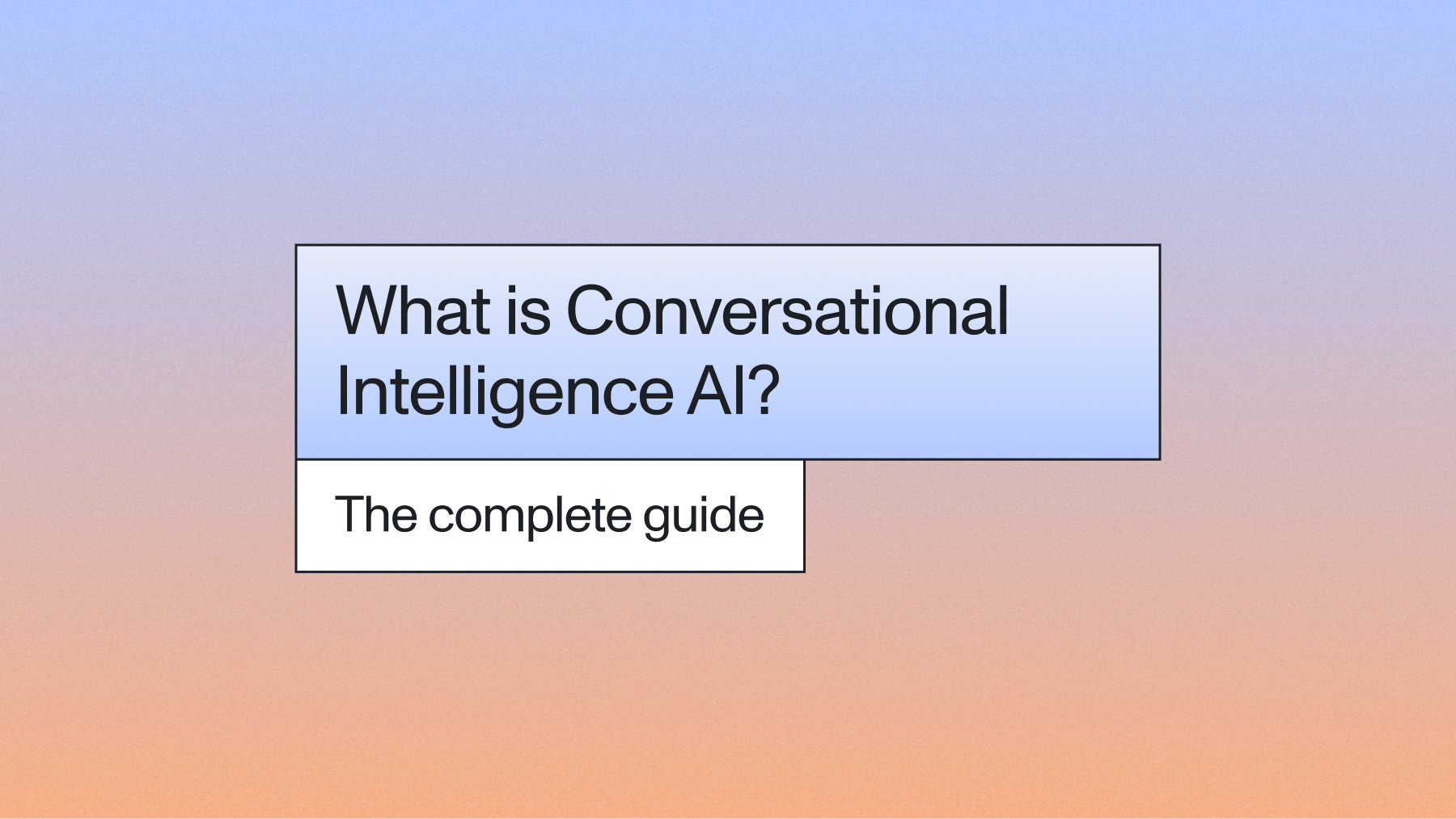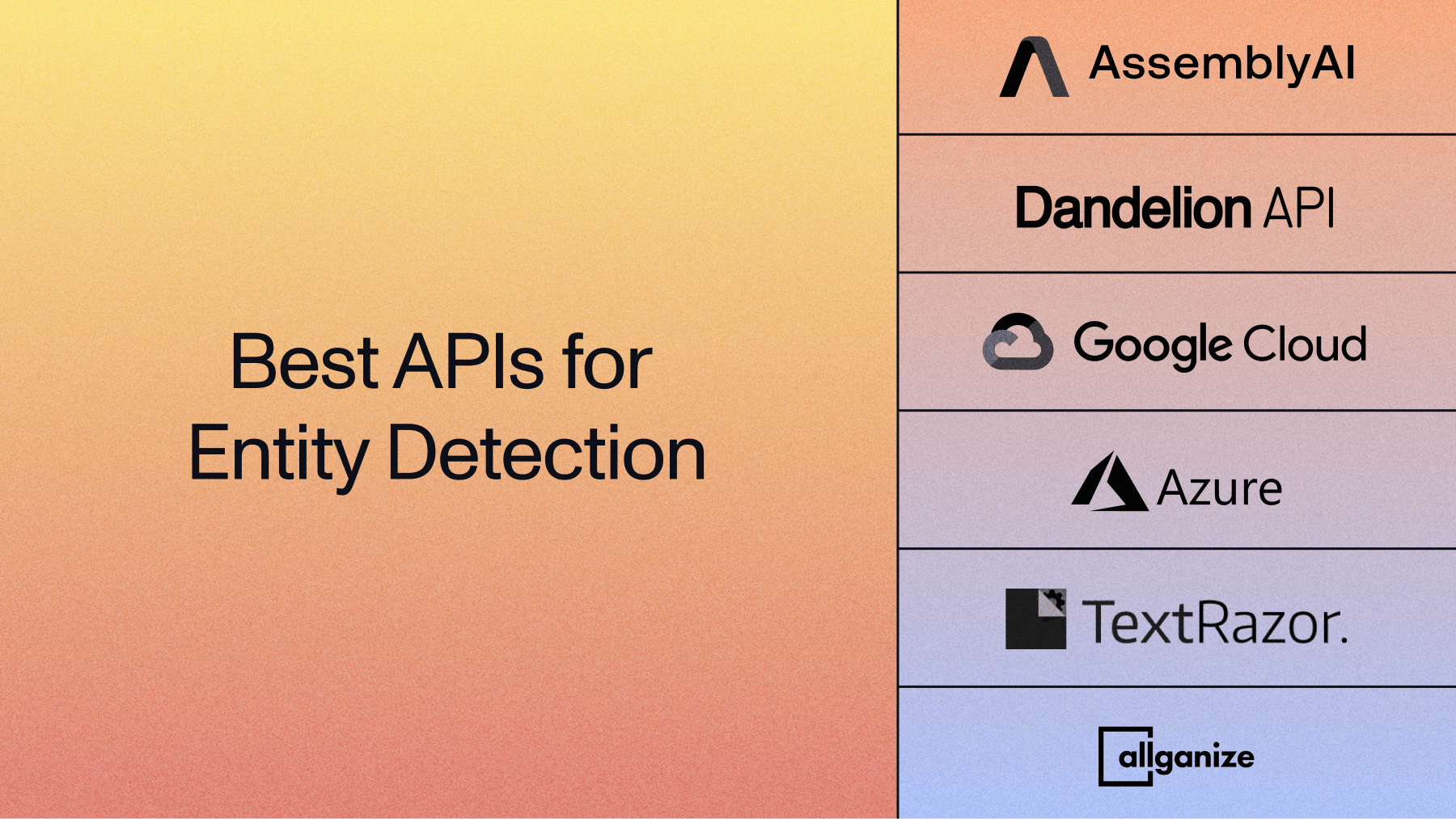How does real-time agent assist work? An implementation guide
Learn how real-time agent assist transforms contact centers with AI-powered speech recognition, NLP, and intelligent automation to provide instant guidance during live conversations.



Contact centers handle millions of conversations daily, yet many agents still struggle with information overload, inconsistent responses, and the pressure to resolve issues quickly. What if technology could analyze conversations in real-time and provide agents with instant guidance, relevant information, and next-best actions as they speak with customers?
Real-time agent assist transforms this vision into reality. By combining real-time speech recognition, natural language processing, and intelligent automation, these systems act as an AI copilot for contact center agents, delivering contextual assistance the moment it's needed most.
What is real-time agent assist?
Real-time agent assist is an AI-powered system that analyzes live conversations between agents and customers, providing instant recommendations, information retrieval, and guided responses during the call. Unlike traditional call analytics that process conversations after they end, real-time assist operates with minimal latency—typically around 300 milliseconds—to influence the conversation as it happens.
The system continuously monitors both sides of the conversation, extracting intent, sentiment, and key topics to trigger relevant assistance. This might include surfacing knowledge base articles, suggesting responses for complex queries, flagging compliance requirements, or alerting supervisors to escalating situations.
Think of it as having an expert advisor listening to every conversation, ready to provide the perfect information at exactly the right moment. The technology doesn't replace human agents—it amplifies their capabilities and reduces the cognitive load of managing multiple information sources while maintaining natural conversation flow.
Why real-time assistance is a game-changer for conversation intelligence
Traditional conversation intelligence relies on post-call analysis. Agents finish their conversations, and hours or days later, quality assurance teams review recordings to identify coaching opportunities or compliance issues. This reactive approach means problems aren't caught until after they've impacted customer experience.
Real-time assistance flips this model entirely.
Customer satisfaction improves dramatically when agents can access relevant information instantly rather than placing customers on hold to search through multiple systems. Studies show that customers rate interactions 40% higher when agents demonstrate immediate knowledge and don't need to transfer between departments.
For agents, real-time assist reduces job stress and improves performance. New agents benefit from guided responses that help them handle complex scenarios with confidence, while experienced agents appreciate automated information retrieval that lets them focus on relationship building rather than system navigation.
The business impact extends beyond individual conversations. Real-time systems capture insights about emerging issues, trending topics, and customer sentiment as they develop, enabling contact center managers to adjust staffing, update knowledge bases, or modify scripts proactively rather than reactively.
Most importantly, real-time assistance transforms conversation data from a historical record into an active asset that improves every interaction as it happens.
The core AI technology stack for real-time voice assist
Building effective real-time agent assist requires orchestrating multiple AI technologies that must work together seamlessly under tight latency constraints.
Speech recognition foundation
The entire system depends on accurate, low-latency real-time, or streaming, speech-to-text conversion. Modern streaming speech recognition models like AssemblyAI's Universal-Streaming process audio with ~300ms word emission latency while delivering immutable transcripts that won't change once emitted, making them immediately ready for downstream processing in voice agents.
The challenge isn't just speed and accuracy. Real-time assist systems must handle background noise, overlapping speech, technical terminology, and diverse accents without degrading performance. For example. Universal-Streaming achieves >91% overall word accuracy on noisy, real-world audio.
Natural language understanding engine
Once speech becomes text, NLP models extract meaning from the conversation. This goes far beyond simple keyword matching—the system must understand context, track conversation history, and identify subtle cues that indicate customer needs or emotional state.
Modern NLP engines use transformer-based architectures that can process streaming text and maintain conversation context across multiple turns. They identify entities (product names, account numbers, dates), extract intent (troubleshooting, billing inquiry, cancellation), and flag important topics that should trigger specific assistance.
Intelligent orchestration
The orchestration layer coordinates all components while managing the complex timing requirements of real-time assistance. It decides when to surface information, which recommendations to prioritize, and how to present assistance without overwhelming agents.
This component often includes rules engines that encode business logic (when to offer certain products, compliance requirements for specific topics) alongside machine learning models that learn from successful interactions to improve future recommendations.
Key technical challenges in real-time voice assist
Latency management
Real-time assistance lives or dies by latency. Delays of even one second can disrupt conversation flow and reduce system adoption. The challenge compounds because multiple processing steps must happen sequentially—speech recognition, NLP analysis, information retrieval, and response generation.
Successful systems employ several latency reduction strategies. Streaming architectures process audio incrementally rather than waiting for complete sentences. AssemblyAI's Universal-Streaming addresses this by delivering immutable transcripts with ~300ms P50 latency—41% faster median latency than competing solutions—enabling downstream services to start processing immediately without waiting for transcript revisions. Predictive caching anticipates likely information needs based on conversation context. Edge computing moves processing closer to contact centers to reduce network delays.
Accuracy vs. speed tradeoffs
Context preservation
Maintaining conversational context across multiple system components presents significant technical challenges. The speech recognition system might process audio incrementally, but the NLP engine needs complete conversational context to provide relevant assistance.
Modern solutions use conversation state management that tracks entities, topics, and interaction history across the entire customer journey. This context must be updated in real-time and shared efficiently between components without introducing latency bottlenecks.
Integration complexity
Real-time assist systems must integrate with existing contact center infrastructure—telephony systems, CRM platforms, knowledge bases, and workforce management tools. Each integration point introduces potential latency and failure modes that can disrupt the real-time experience.
For example, AssemblyAI's Universal-Streaming uses WebSocket connections at wss://streaming.assemblyai.com/v3/ws with session-based authentication and configurable parameters for end-of-turn detection, providing developers with reliable, standardized interfaces that can adapt to different backend systems while maintaining consistent performance characteristics. Fallback mechanisms ensure that assist functionality degrades gracefully when individual components experience issues.
Considerations for building real-time voice assist systems
Infrastructure requirements
Real-time assistance demands robust, scalable infrastructure that can handle concurrent conversations without performance degradation. Cloud-native architectures work well, but consider data residency requirements and network latency to your contact centers.
Auto-scaling capabilities are essential since contact center volume can fluctuate dramatically based on business events, seasonal patterns, or service disruptions. Your infrastructure should scale processing capacity dynamically while maintaining consistent response times. Universal-Streaming offers unlimited concurrency, scaling from 5 to 50,000+ streams with consistent performance and transparent pricing at $0.15/hour based on session duration.
Data privacy and security
Real-time systems process sensitive customer conversations in near real-time, creating unique privacy and security challenges. Traditional data anonymization techniques may not work when systems need immediate access to customer context and personal information.
Consider implementing data minimization strategies that process only the information necessary for assistance while redacting or encrypting sensitive data. Ensure your speech recognition and NLP models can operate effectively with privacy-preserving techniques like differential privacy or secure multi-party computation.
Agent experience design
The most sophisticated real-time assist system fails if agents don't adopt it. Interface design must balance information richness with cognitive simplicity—providing relevant assistance without overwhelming agents who are simultaneously managing live conversations.
Consider how assistance appears in agent workflows. Pop-up notifications can be disruptive, while passive displays might be ignored. The best implementations use progressive disclosure, showing high-priority information prominently while keeping additional context readily accessible.
Performance monitoring and optimization
Real-time systems require comprehensive monitoring that tracks not just system uptime but conversation-level performance metrics. Monitor transcription accuracy, recommendation relevance, response latency, and agent adoption rates to identify optimization opportunities.
A/B testing becomes challenging in real-time environments where changes can immediately impact customer interactions. Consider gradual rollout strategies and conversation-level experimentation that minimizes risk while enabling continuous improvement.
Compliance and auditability
Contact centers operate under strict regulatory requirements that extend to AI-powered assistance systems. Real-time assist must maintain detailed audit trails of all recommendations and decisions while ensuring that AI suggestions comply with industry regulations.
Consider implementing compliance guardrails that automatically flag or block recommendations that might violate regulations. These systems should operate transparently, allowing compliance teams to understand and validate AI decision-making processes.
The future of real-time voice assistance
Real-time agent assist is evolving rapidly as underlying AI technologies mature and contact center requirements become more sophisticated.
Multimodal assistance represents the next frontier. Future systems will analyze not just speech but also screen sharing, document uploads, and visual cues to provide more comprehensive assistance. Imagine an agent receiving automatic guidance based on the customer's facial expression during a video call or suggestions triggered by documents the customer shares.
Predictive assistance will anticipate customer needs before they're explicitly stated. By analyzing conversation patterns and customer history, systems will surface relevant information proactively rather than reactively. An agent might receive product recommendations as soon as a customer mentions a specific use case, even before the customer asks for suggestions.
Conversational AI integration will enable more natural agent-system interactions. Instead of navigating complex interfaces, agents will simply ask their AI assistant questions using natural language. "What's this customer's purchase history?" or "Show me our return policy for electronics" will trigger instant, contextual responses.
AssemblyAI's roadmap includes multi-region support for EU deployment, expanded language support, and English code-switching capabilities, demonstrating continued innovation in making real-time voice assistance more accessible and capable across diverse global contact center environments.
The technology will also become more accessible to smaller organizations through improved APIs and lower-cost deployment options. Cloud-native solutions are reducing the infrastructure expertise required to implement real-time assistance, democratizing access to conversation intelligence capabilities.
Conclusion
Real-time agent assist transforms contact centers from reactive service organizations into proactive, intelligence-driven customer experience hubs. Success depends on understanding both technical requirements and human factors that drive agent adoption. Modern streaming speech recognition provides the reliable, low-latency foundation needed for production-ready real-time assistance systems. Real-time agent assist represents the future of customer service, where AI amplifies human capabilities to create exceptional experiences.
Lorem ipsum dolor sit amet, consectetur adipiscing elit, sed do eiusmod tempor incididunt ut labore et dolore magna aliqua. Ut enim ad minim veniam, quis nostrud exercitation ullamco laboris nisi ut aliquip ex ea commodo consequat. Duis aute irure dolor in reprehenderit in voluptate velit esse cillum dolore eu fugiat nulla pariatur.




.png)

